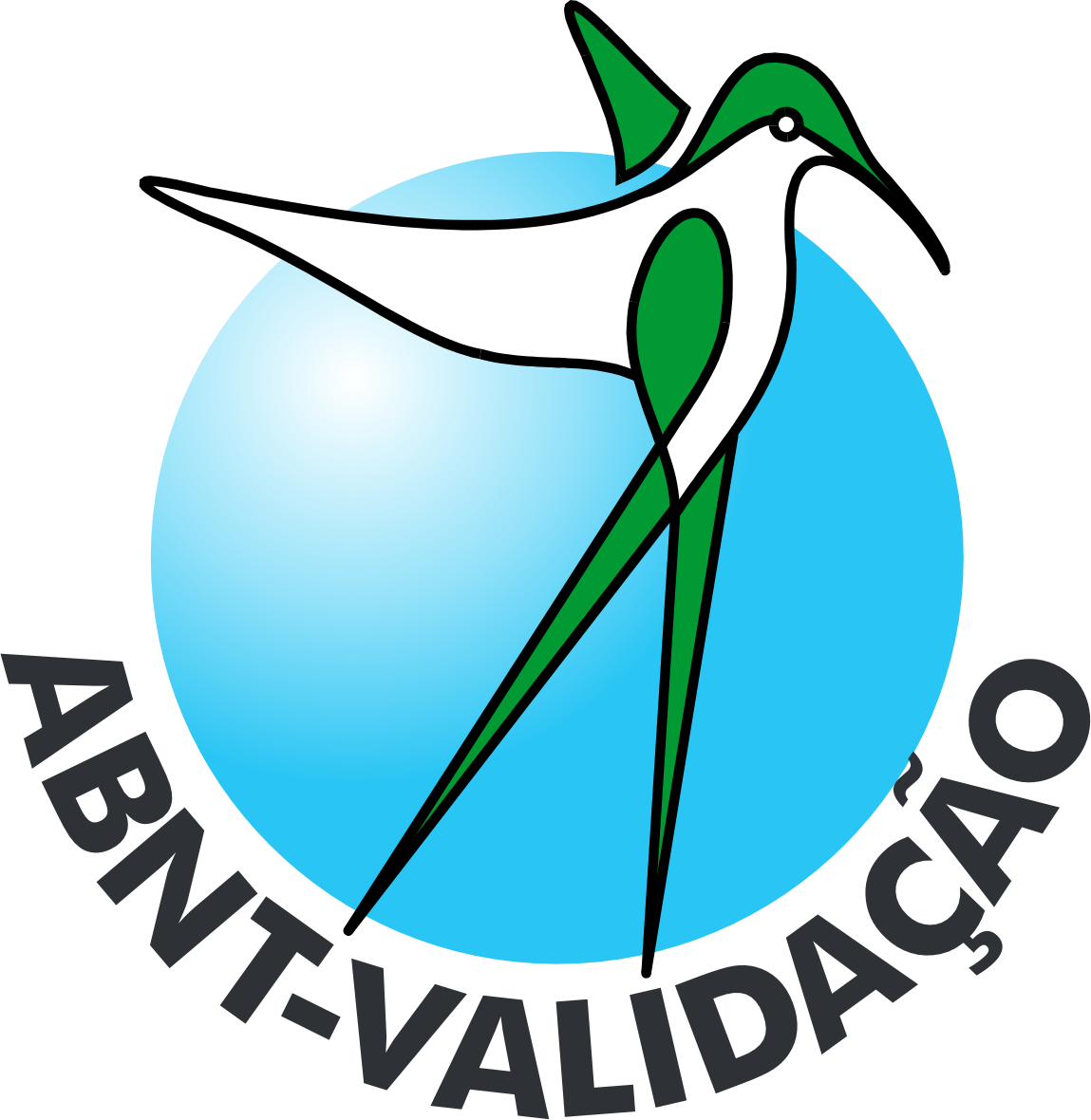In August, the IFRS Foundation (International Financial Reporting Standards Foundation), responsible for the governance of the International Accounting Standards Board – IASB, which edits international accounting standards (IFRS and IAS), announced the consolidation of the recently created ISSB (International Sustainability Standards). Board) with the VRF (Value Reporting Foundation), as had already happened in February with the CDSB (Climate Disclosure Standards Board). These consolidations follow the Foundation's commitment, announced on the occasion of COP26, to develop a consolidated global base of sustainability disclosures, which has received full support from international and multilateral organizations.
To talk about the implications of these initiatives and their possible developments, we interviewed Amaro Gomes, member of the Expert Council of DEEP ESG, former Board Member of the IASB, former Head of the Department of Regulation of the Financial System of the Central Bank of Brazil and former Secretary of State for the Coordination and Governance of State Enterprises (Brazil).
like mr. Do you see progress in the ISSB's work towards developing a comprehensive global base of sustainability disclosures?
Amaro Gomes: “The ISSB is a very recent body – its creation was announced at the end of 2021. We are seeing a very significant and very rapid advance in its structuring. A relatively unusual advance for an international body. Today, less than a year after the announcement of its constitution, the ISSB is complete in terms of number of members, benefiting from the professionals who made up the organizations already integrated into it, with particular emphasis on the VRF and CDSB. The ISSB received around 1,300 statements referring to its draft statements and is continuing its objective of publishing, by the end of 2022, its first statements focusing on climate risks”.
What are the main challenges right now?
AG: “The first challenge is to get these pronouncements approved by the ISSB members themselves. Then we will enter a second phase, in which the focus will be on achieving its wide acceptance in the international environment. This, in fact, is the main objective of the ISSB, which today has broad support to consolidate itself as the body responsible for the promulgation of international sustainability standards. An example of this support was the favorable expression it received from IOSCO (International Organization of Securities Commissions, an international organization that coordinates the activity of capital market regulators in more than 100 countries), which undertook to recommend the adoption of its pronouncements by the several capital market regulators around the world,
Are there other efforts today competing with those of the ISSB?
AG: “Yes! By November, EFRAG (European Financial Reporting Advisory Group, the body responsible for advising the European Commission on accounting matters) plans to finalize its set of recommendations for ESG disclosure, also with a focus on climate risk.
In August, the IMF and the European Central Bank expressed their views to encourage the ISSB and EFRAG to converge on a single set of standards to be adopted internationally, avoiding any distinction between the concepts to be applied in Europe, a little more advanced than the rest of the world in terms of ESG, and those that may be approved by the ISSB.
In addition, it is worth mentioning another regional effort, by the SEC, responsible for the regulation and supervision of the US capital markets, whose ESG disclosure proposal also received a very significant volume of comments from investors, companies and stakeholders.
I, and the international community, hope that there is indeed a convergence between the requirements of Europe and the United States in order to move towards a broad acceptance of the ESG information disclosure standard by the various jurisdictions, around the world, with its integration with local legislation and the rules of supervisors of capital markets (CVM, in the Brazilian case), insurance and other economic activities”.
What references serve as a basis for the ISSB's work?
AG: The ISSB, quite rightly, adopted the recommendations of the TCFD (Task Force On Climate-Related Financial Disclosures) of the FSB (Financial Stability Board) as a basis for its pronouncements and incorporated the advances of the Value Reporting Foundation (VRF) resulting from the merger IIRC (International Integrated Reporting Council) and industry pronouncements established by SASB (Sustainability Accounting Standards Board).
In your opinion, how long will it take before the effects of the new global ISSB standards can be observed?
AG: “Considering the IFRS Foundation pronouncement assessment process, if the ISSB is successful in enacting its first set of sustainability pronouncements by the end of this year, a minimum period of two years must be observed for this adoption to become mandatory. (At least this is the usual practice at the IASB). In any case, organizations will be able to adopt them immediately, in advance.
Companies that already adopt Integrated Reporting and SASB pronouncements are unlikely to experience a significant change in their procedures. Those that do not yet do so will find in these standards a clear indication of how to move forward with their disclosures.
Then we will enter other stages, with the reception by the regulators; training auditors to assess organizations; and the role of the preparers, structuring systems to capture and disseminate the data and explain it to investors. It is opportune to emphasize the importance of adopting a taxonomy relevant to the events disclosed, in order to allow the adequate and much desired comparability.”
A key aspect of sustainability disclosures is comparability between data. How will the ISSB address this issue?
AG: “In a first phase, the objective is the comparability between organizations in the same sector. In the future, this comparability should extend to organizations from different sectors, always remembering that comparing these organizations is not an easy task. The market, analysts and investors will play a very important role in directing the requirements related to information of an ESG nature for the various sectors.
An interesting point to consider: while the SASB issues pronouncements by industry, the IASB has always done so by economic event. If the ISSB decides to move in the same direction as the SASB, it will be up to the IIRC Integrated Reporting to make the connectivity between the financial statements and the sustainability disclosures, and ideally the ISSB would also dedicate itself to the development of the taxonomy, as does the IASB for the IFRS, for XBRL purposes. This connectivity will perhaps be the most relevant element for a careful analysis by investors and other users of the financial statements in relation to the organization's value generation potential and, obviously, to the climate and social impacts of its activity and structure of governance”.
Watch the full interview: https://www.youtube.com/watch?v=EBuRCni4IFw











